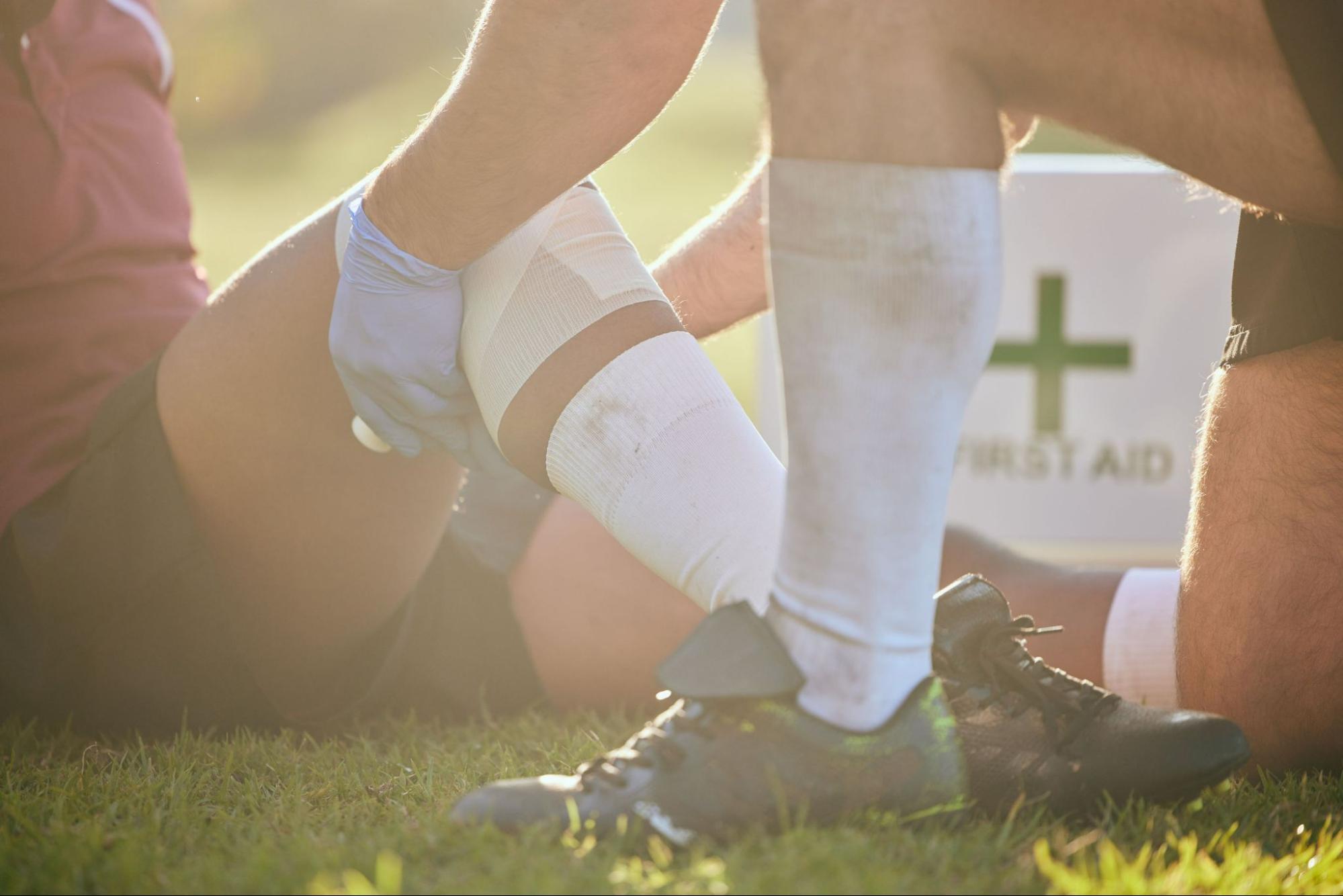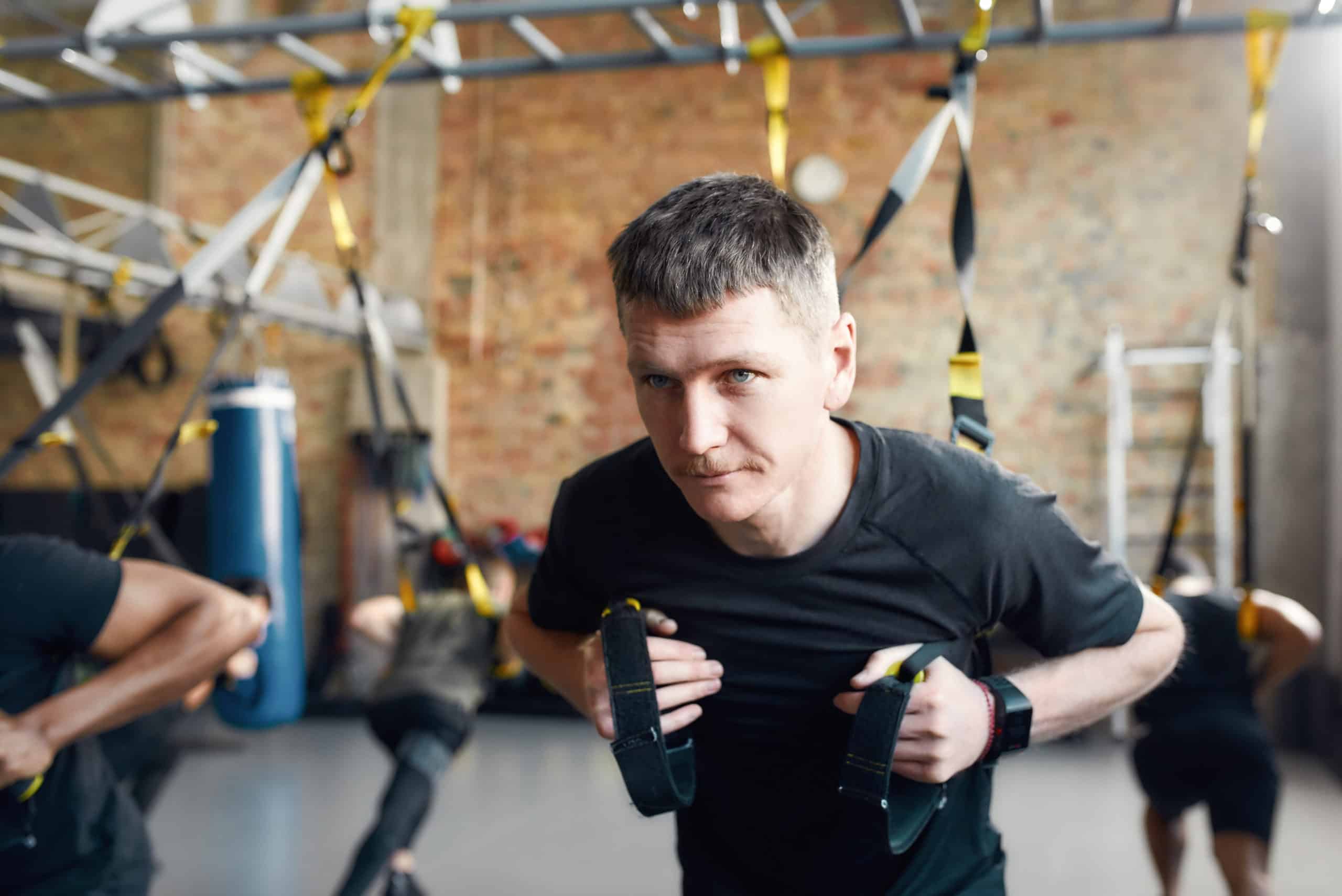
Physical Therapy for ACL, PCL, MCL, and LCL Injuries
Knee injuries often involve one or more knee ligaments, including the ACL, PCL, MCL, and LCL. Depending on the severity of the injury and the ligament(s) injured, you may or may not require surgery. Physical therapy for knee ligament injuries is crucial for pre and post-surgical intervention. At Evolution Physical Therapy, you’ll be able to see a licensed physical therapist before surgery to eliminate swelling and regain any loss in range of motion. Post-surgery, or if surgery is not required, it will become important to work with one of our licensed physical therapists to regain range of motion, reduce swelling, and strengthen the surrounding muscles and structures in the knee to prevent re-injury.
Types of Knee Ligament Injuries
A sprain to one of the knee ligaments can be classified as either grade 1, grade 2, or grade 3. Grade 1 sprains are mild and do not involve tears to the ligament, grade 3 sprains are complete ruptures/tears of the ligament, and grade 2 sprains involve partial tearing of the ligament. Your grade of the sprain and the ligament injured will inform your physical therapy regimen.
ACL (anterior cruciate ligament)
This ligament connects the thigh and shin bones. Since it has no blood supply, it cannot heal well on its own. When tearing is involved, such as partial or complete tears in grade 2 and 3 sprains, surgery is usually indicated. Pre and post-surgical physical therapy is required.
PCL (posterior cruciate ligament)
Like the ACL, the PCL also connects the thigh and shin bone but sits behind the ACL. Grade 1 and 2 PCL tears can be treated with physical therapy instead of surgery. Grade 3 tears usually require surgical intervention.
MCL (medial collateral ligament)
The MCL is located on the inner side of the knee. Physical therapy is the first-line treatment for grade 1 and grade 2 MCL tears. Grade 3 tears will usually require surgery and physical therapy.
LCL (lateral collateral ligament)
This ligament connects the fibula and thigh bone along the outside of the knee. A severe tear of the LCL may require surgery.
How Does Physical Therapy Treat ACL, PCL, MCL, and LCL Injuries?
If you require surgical intervention for a full or partial tear of one of your knee ligaments, physical therapy can help alleviate swelling and increase your range of motion before your operation. If you go into surgery with little to no swelling, full range of motion, and good strength of your surrounding muscles, the outcome of your surgery will be much better. After surgery, physical therapy will help you get back to your daily activities much faster and more safely. If your injury does not require surgery, physical therapy is the best option to help you recover.
Physical Therapy Treatments for Knee Ligament Injuries
While the challenges of recovering from each of these ligament injuries are unique, there are several common treatments that physical therapists use for treating knee ligament injuries. Depending on your situation, your therapist may incorporate:
- Strengthening exercises
- Bracing or taping
- Pain relievers
- Joint Mobilization & Manipulation
- Medical massage
- Heat or ice application
- Electrical Stimulation
Physical Therapist Evaluation of Knee Ligament Injuries
Your Physical Therapist will evaluate your knee for swelling, pain, range of motion, and tenderness. They will try to determine which structures of the knee are involved based on your symptoms to create a treatment plan to help you get back to your daily activities.
Preventing ACL, PCL, MCL, and LCL Injuries
Preventing knee ligament injuries may not always be possible since many injuries may result from contact sports or twisting injuries. However, ensuring that you always wear the proper equipment for your chosen sport and engage in a proper warmup and stretch before activity may help you avoid some knee ligament injuries. Be sure to maintain proper strength in the muscles surrounding your knee to support your ligaments through activities. If you have poor flexibility, low strength, or abnormal walking or running form, you may want to see a physical therapist to help you sort out those issues to prevent injury.
When to see a Physical Therapist for your Knee Injury
If you have a knee injury such as an ACL tear, suspect a similar type of injury, or have been referred by your orthopedic or regular doctor for physical therapy, the team at Evolution is here for your rehab and recovery. At Evolution Physical Therapy, we have convenient locations throughout California, Colorado, Connecticut, and Long Island, with specialist PT providers. Our physical therapy services will provide you with the treatment, education, and additional support you need as you get back into the game or your daily routine. Reach out to us today by calling us to set up an appointment at a location near you, or fill out our Request an Appointment form.
